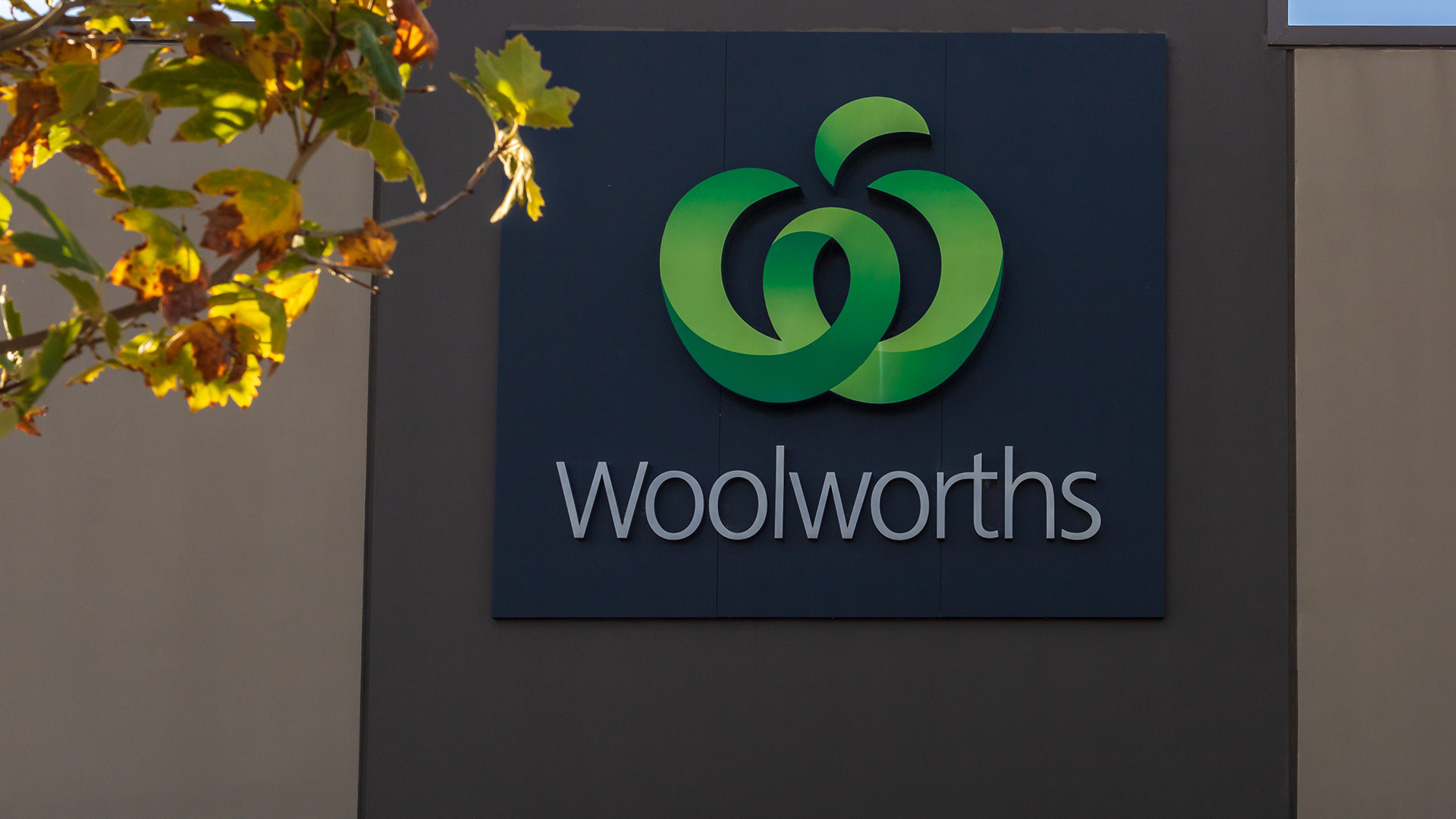If the interim production data from Rio Tinto is any guide, Australia’s big three iron ore miners – Rio, BHP and Fortescue Metals are looking at a substantial surge in earnings for the half year to June 30 (in the case of Rio) and the full year (BHP and Fortescue).
We will get a better idea later today of how BHP has gone when its full year and 4th quarter figures are released.
The only negatives from Rio’s report were the impact of Cyclone Debbie on Rio’s Queensland coking coal exports and the shutting down of part of the Boyne Island aluminium smelter in Gladstone because of “high power prices in Queensland”.
Rio revealed a small fall in production and sales (and a 10 million tonne cut to its production forecast for 2017, the third such cut in as many years). But it revealed that its average price received jumped by around 40% from the June 30, 2016 half year to the six months to June 30 this year – from $US44.5 a wet tonne) to $US62.40 a wet tonne.
"Achieved average pricing in the first half of 2017 was $62.4 per wet metric tonne on an FOB basis (equivalent to $67.8 per dry metric tonne). In 2016, the full year price achieved was $49.3 per wet metric tonne (equivalent to $53.6 per dry metric tonne),” Rio said yesterday. The real comparison isn’t with the full year figure for 2016, but the $US44.50 given in the interim production report a year ago.
Rio said that first half iron ore sales of 154.3 million tonnes (Rio Tinto share 127.2 million tonnes, down from 129.8 million) “were three per cent lower than the same period of 2016 due to weather impacts in the first quarter and accelerated rail maintenance activity in the second quarter.
“Second quarter sales of 77.7 million tonnes (Rio Tinto share 64.0 million tonnes) were six per cent lower than the same period of last year, also reflecting the rail maintenance.”
That rail maintenance will continue this half and the company has trimmed its guidance to 330 million tonnes from the 330 – 340 million tonnes on a 100% basis (that is Rio plus its partners’ share).
"This takes into consideration first half production and further rail maintenance in the second half to improve track conditions," it said in a statement.
It said further rail maintenance will continue throughout the remainder of 2017, but at a lower level than in the June quarter.
The 40% jump in prices will make up for the 2% to 3% drop in sales volumes and push net earnings well above the $US1.7 billion reported for the first half of 2016. BHP’s figures today should allow a similar guesstimate to be made for its iron ore business, while Fortescue reports next week on July 27.
And iron ore is more vital to Rio than to BHP (it is all that Fortescue has).
Last year iron ore provided 63% of Rio’s underlying earnings before interest tax, depreciation and amortisation, and about 90% of the company’s underlying earnings.
“Iron ore production was in line with last year, although iron ore shipments were impacted by an acceleration in our rail maintenance programme following poor weather in the first quarter,” chief executive Jean Sebastien Jacques explained in yesterday’s statement.
Rio reported a 6% drop in mined copper production to 124,700 tonnes for the quarter, as its Escondida mine in Chile gradually ramps up operations following a 43-day labour strike and production is curtailed at the Grasberg mine in Indonesia.
“Mined copper production recovered compared to the previous quarter, however was six per cent lower than the second quarter of 2016 as Escondida continued to ramp up following a labour strike.
"In 2017, Rio Tinto’s expected share of mined copper production remains unchanged at between 500 and 550 thousand tonnes. Refined copper production guidance also remains unchanged at 185 to 225 thousand tonnes,” Rio said.
Coking coal production was also down, by 14% to 1.55 million tonnes, mainly due to the impact of Cyclone Debbie. The miner revised down its expected share of 2017 hard coking coal production to 7.2 to 7.8 million tonnes from 7.8 to 8.4 million tonnes previously on the impact of Cyclone Debbie.
Record quarterly bauxite production of 12.9 million tonnes was 7% higher than the corresponding quarter of 2016, driven by strong production at Weipa and Gove. Third party shipments of 8.0 million tonnes were achieved in the second quarter.
"Quarterly aluminium production was one per cent lower than the second quarter of last year. Strong production was achieved across most smelters, offset by the production curtailment at the Boyne Island smelter in Australia due to high power prices in Queensland in the first half of 2017,“ Rio said.
Titanium dioxide slag production rose 34% compared to the second quarter of 2016, reflecting higher market demand. Rio shares fell nearly 1.5% to $64.94.













